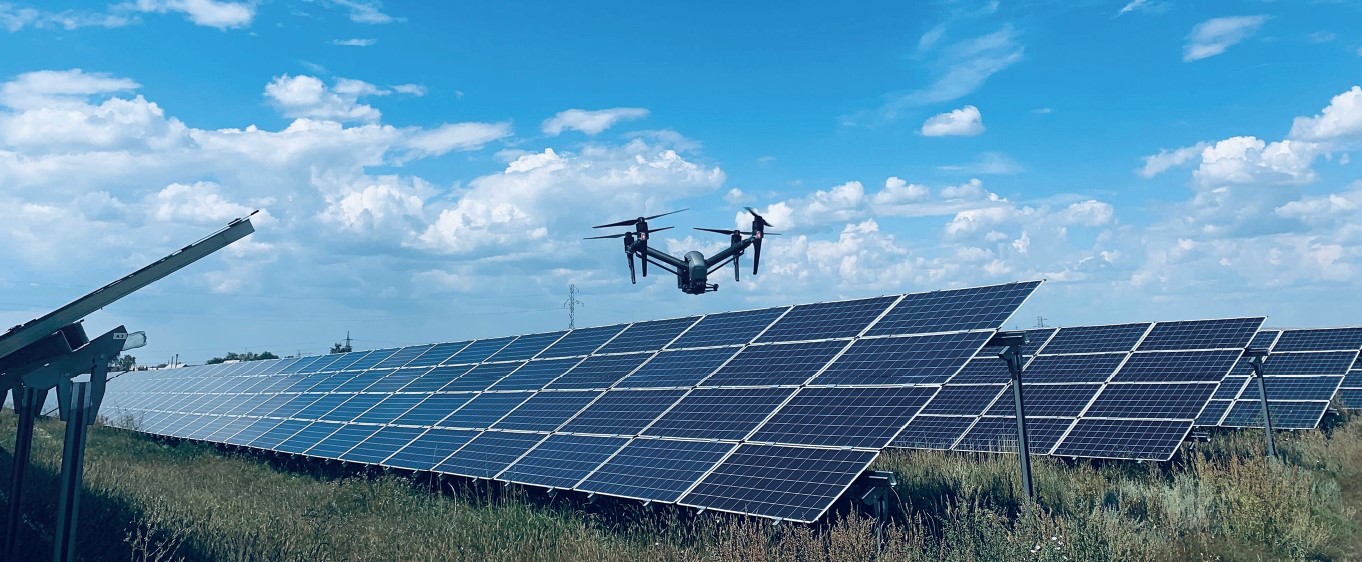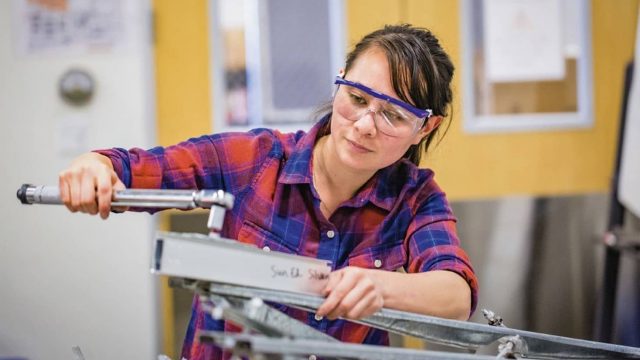Shining a light on module quality
As published in PV Magazine February 2024
With solar panel prices tumbling, project developers will need to be vigilant about quality. Comprehensive product testing could be a vital safeguard as PV manufacturers struggle to retain their margins, according to Everoze’s Martin Laing and Skyray‘s Gauthier Dambrine.
The idea that solar panels would one day be available for €0.10 ($0.11)/Wp of generation capacity would once have appeared ludicrous. But that was the European Union spot price published by retailer pvXchange for low-cost panels in December 2023.
No matter which price graph you consider, a slippery-slope trend is observed. PV manufacturing previously enjoyed a boom, with module demand way beyond supply in what was very much a seller’s market. It is no secret that the road ahead for solar manufacturing is likely to be rocky, however. Analysts are predicting a downturn, with crystalline silicon-based manufacturers set to struggle to break even. There may be casualties, and a related impact on solar project warranties.
For manufacturers to maintain margins, or just survive, something has to give. Typically, that raises questions about materials supply and manufacturing quality. Similarities with the wind industry spring to mind.
Numerous factors can affect manufacturing processes but the strong association between quality and profitability cannot be ignored. This might raise an important question for PV project owners. What measures will future-proof projects against module quality issues? Quality testing is important to protect revenue, extend product lifetimes, and eliminate warranty-claim inefficiency. Two levers are available to project owners.
Independent third parties
Certified third parties can be contracted to test PV modules at manufacturer factories or ISO 17025-accredited laboratories. Sample testing is typically based on ISO 2859-1 standards which use the acceptable quality limit (AQL) methodology. AQL determines whether an order has met client specifications. It defines a quantity of defects required for test failure. If that threshold is exceeded, a project owner can reject a sample. Additional tests or inspections during construction might also be utilized, including electroluminescence (EL) testing after delivery or installation, via an independent third party. If a project owner opts against quality control, they could receive a batch another owner has rejected.
Engineer Skyray and consultant Everoze have devised a set of employer’s requirements for engineering, procurement, and construction contracts. These include the technical requirements for engineering, procurement, construction, commissioning, and quality testing. PV module quality control, meanwhile, involves a five-step process.
1. Factory
A certified inspector should examine manufacturer facilities, reviewing manufacturing process quality systems, as well as the procedures for raw material procurement, storage, and component traceability. The production process should also be reviewed. Product quality control should include EL and wet leakage current testing, as well as a pre-shipping visual inspection.
The inspection should include at least a visual inspection and measurement of power output. The following details should be tested on a defined sample of panels: serial number, module type, package number, open circuit voltage, short circuit current, power at the maximum power point, maximum power point voltage, current at maximum power point, fill factor, test date, record date, and EL testing carried out according to International Electrotechnical Commission (IEC) criteria.
A mechanical data inspection should be carried out to an inspection level based on AQL methodology and should include module and component dimensions and label marking and weight conformity.
2. Laboratory
Manufacturer testing results can be verified by sending random batch samples to a lab for visual inspection, electrical insulation and EL testing – the latter to detect hot burns, inactive parts, cracks, and micro-cracks, according to criteria agreed with the manufacturer – and maximum power measurement. A small selection of modules should be subject to potential-induced degradation testing, according to the IEC 62804 standard.
For p-type cell technologies such as passivated emitter rear cell (PERC) additional testing may be require to determine susceptibility to light-induced degradation or light-elevated temperature induced degradation.
3. After shipping
Post-shipping tests determine whether transport conditions are aligned with manufacturer guidelines and can reveal module defects. Samples should be randomly selected, in accordance with AQL, and IEC 61215-aligned visual inspections performed as well as in situ EL testing to detect defects such as unproductive areas or cell micro-cracks.
4. Post installation
This stage primarily confirms that construction conditions are aligned with manufacturer guidelines and modules are free from defects. Similar testing (visual inspection and EL tests) can be carried out on a sample. This is important when determining where defects may have arisen (such as during transportation or installation) and where contractual responsibility lies.

5. After commissioning
Finally, a thermographic survey by drone is recommended to evaluate defects such as bypass diode issues, disconnected strings, or breakages during construction. Solutions are now available for post-treatment data, artificial intelligence-based detection, geo-location of anomalies, and automatic reporting.
The cost of these services has dramatically reduced due to a highly competitive market and rapid technological improvement. Such inspections enable project owners to have a global view of their plant after commissioning and offer many positive benefits.
Although solar development is a technical industry, commercial feasibility underpins its success. Clients not only want to develop technically sound projects, but also financially sustainable ones that provide value to shareholders.
With a potentially rocky road ahead, project owners must consider the avenues available to help future-proof their projects. In Everoze’s opinion, one such method, that can help illuminate the road ahead, is module testing.






